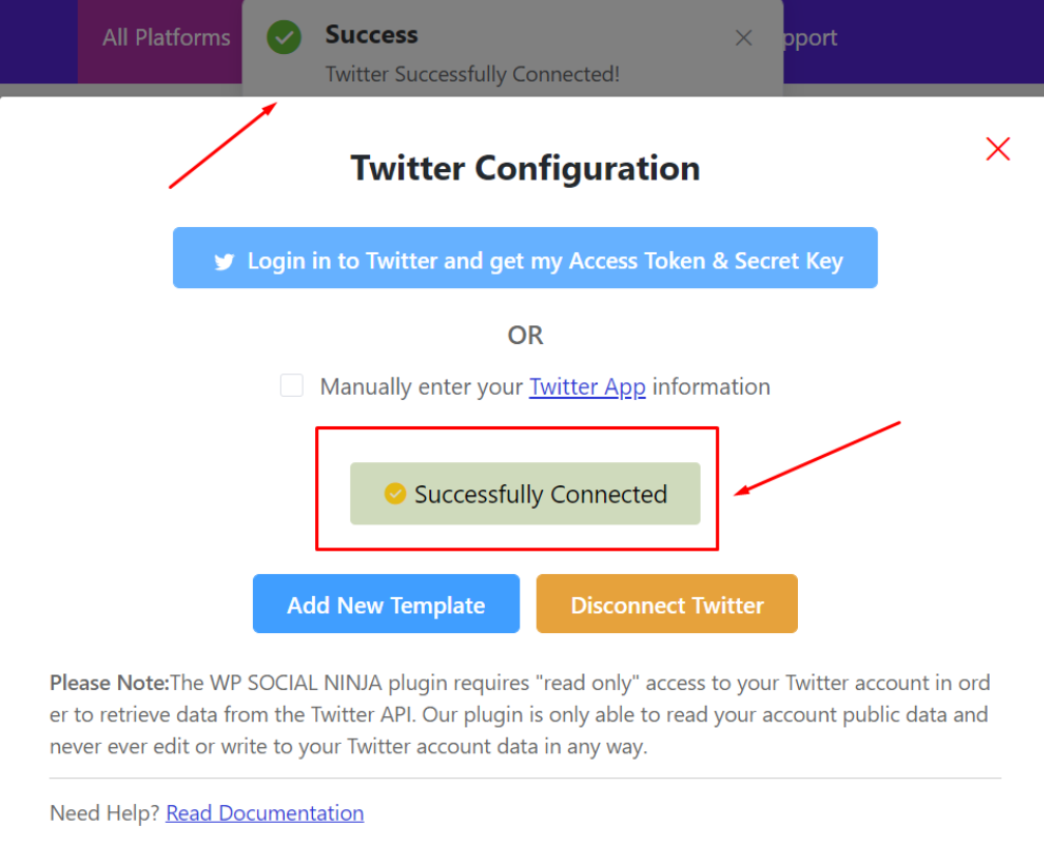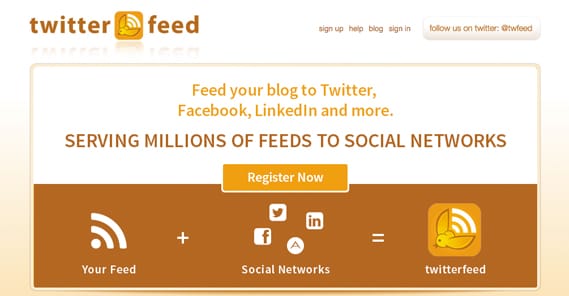

Theoretically, we are done, but there is a problem – the Twitter feed is not displayed properly. PROBLEM: Twitter Feed is not displayed properly on SharePoint page! Paste the code into the window and click InsertĪt this point, save the web part (click Apply > OK), then make sure to save the Page by clicking Save Button The next step is to add a widget code you copied from Twitter, into the Script Editor. Step 3: Insert Twitter widget code into Script Editor To do this, click Page > Edit, then Insert > Media and Content > Script Editor. Since the above code is a script, in order to properly display it on SharePoint page, we need to add a a Script Editor Web Part. Tweets by js,fjs=d.getElementsByTagName(s),p=/^http:/.test(d.location)?'http':'https' if(!d.getElementById(id))(document,"script","twitter-wjs") Step 2: Add Script Editor to the Page Make sure to copy your code and save it somewhere. The code will look similar to this below.

Just copy it all and paste in Notepad or Word for the moment. The code you want to grab is located at the bottom of the screen. Once you login to your company’s Twitter Account, go to Settings > Widgets and generate widget code. This step is done outside of the SharePoint, in this case, on Twitter. The first thing we need to do is grab the widget code from the social platform. Facebook).Īdd a Twitter Feed to SharePoint site in 4 steps Step 1: Generate Twitter widget code For the purposes of this example, we will add a Twitter Feed, but same technique should work for other Social Media platforms (i.e. Usually, this is something that would reside on the Company Intranet Homepage, but really could be added to any site in SharePoint. One of my favorite tricks to achieve this is by adding a company Twitter or Facebook widget right inside of the SharePoint page. One of the ways to improve user adoption in SharePoint is by building interactive and engaging sites for your end users.


 0 kommentar(er)
0 kommentar(er)
